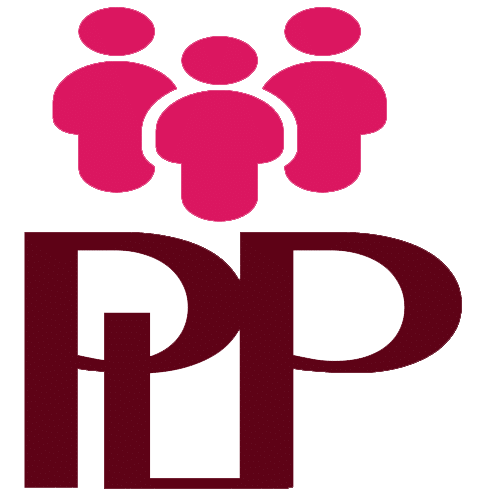How to Build and Write a Good CV by PLP
Writing your CV can be a daunting process, we have put together some advice to help this process be as simple as possible and to show you how to write a CV that gets you noticed.
What is a CV?
‘CV’ is short for ‘Curriculum Vitae’, a Latin phrase meaning literally, ‘course of life’. It should be a brief account of your contact details, education, qualifications, and previous employment history.
It is a form of personal marketing, and your chance to really shine a light on your profile, so ensure that when you write your CV that it shows you in the best light possible.
What information should be included when writing a CV?
The format of a CV is fairly flexible, and many different styles are used- Check out places like Canva for some free cv templates that will make your application stand out from the crowd. In some instances, it is advised to tailor the content of your CV to the job in question, but there are elements that employers would expect to see on every CV:
- Name
- Professional title
- Contact details
You don’t need to include the words ‘Curriculum Vitae’ as your heading. The title of your CV, at the very top, should be your name, professional title and contact details.
Include your email address and contact number, as well as your address- Including your address saves time later down the line should the employer need to draw up a contract or letter of employment. You do not have to add your age, nationality, date of birth or marital status – these are NOT required.
You can also add a link to an up-to-date professional profile, such as LinkedIn and a photograph should you wish- do ensure that this is a professional looking photo and not one which may give the wrong impression to a potential employer.
Personal profile
This is a few lines about you, your skills and experience, what you hope to achieve, and your future goals. It’s a great idea to tailor this to make it fit the job you are applying for.
The person described in your Personal Profile should sound like the ideal candidate for the job.
Work history and experience
This section is where you can really sell yourself. Set out your previous roles, experience, volunteering, placements or internships. You should list these in reverse chronological order – that is, most recent first. This is because your most recent role and experience are the most important and often most relevant to your prospective employer.
For each job, you should include:
- Employer details
- Your job role/title
- Your employment dates
- An overview of what you did in that role- This can be in bullet point form or a short paragraph
- Significant achievements should be identified using the STAR method- the Situation, the Task you were given, the Action you took, the Result and what you learnt from the experience (This method is also perfect for answering interview questions!)
- Ensure that any gaps in employment are explained
Top tip: If you have a lot of experience/previous positions, you can list those under your more relevant and recent experience. It’s never a good idea to leave them off your CV, however you don’t need to provide additional information should it not be relevant.
Education
Like your work history, these should appear in reverse chronological order, the most recent first. Each item should include:
- Institution (School, College, University)
- Qualification with grades/distinctions, etc.
It’s not necessary to include dates attended/completed.
Key Skills
This is an opportunity to add some key skills, which are relevant to the job you are applying for. You should include relevant experience such as your computer skills or experience using a particular piece of software, courses that you have attended, or anything which is relevant to help you secure the job you are applying for.
Hobbies and Interests
In this section you can be a little more personal, it’s a great idea to include unusual hobbies if you have one, or ones that may add to your suitability for the role. If you really want to stand out, try to avoid really common hobbies and interests, such as reading, walking, etc or list an interesting fact about you!
Remember
Keep it concise and to the point, ideally no more than 3 pages long if you can. Check your CV for spelling and grammar errors, and keep the layout and format clear and consistent throughout, i.e., the font size and style etc.
We are here to help
Contact Andy, Andrea, or Sue for a free consultation.
